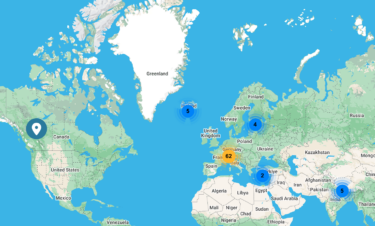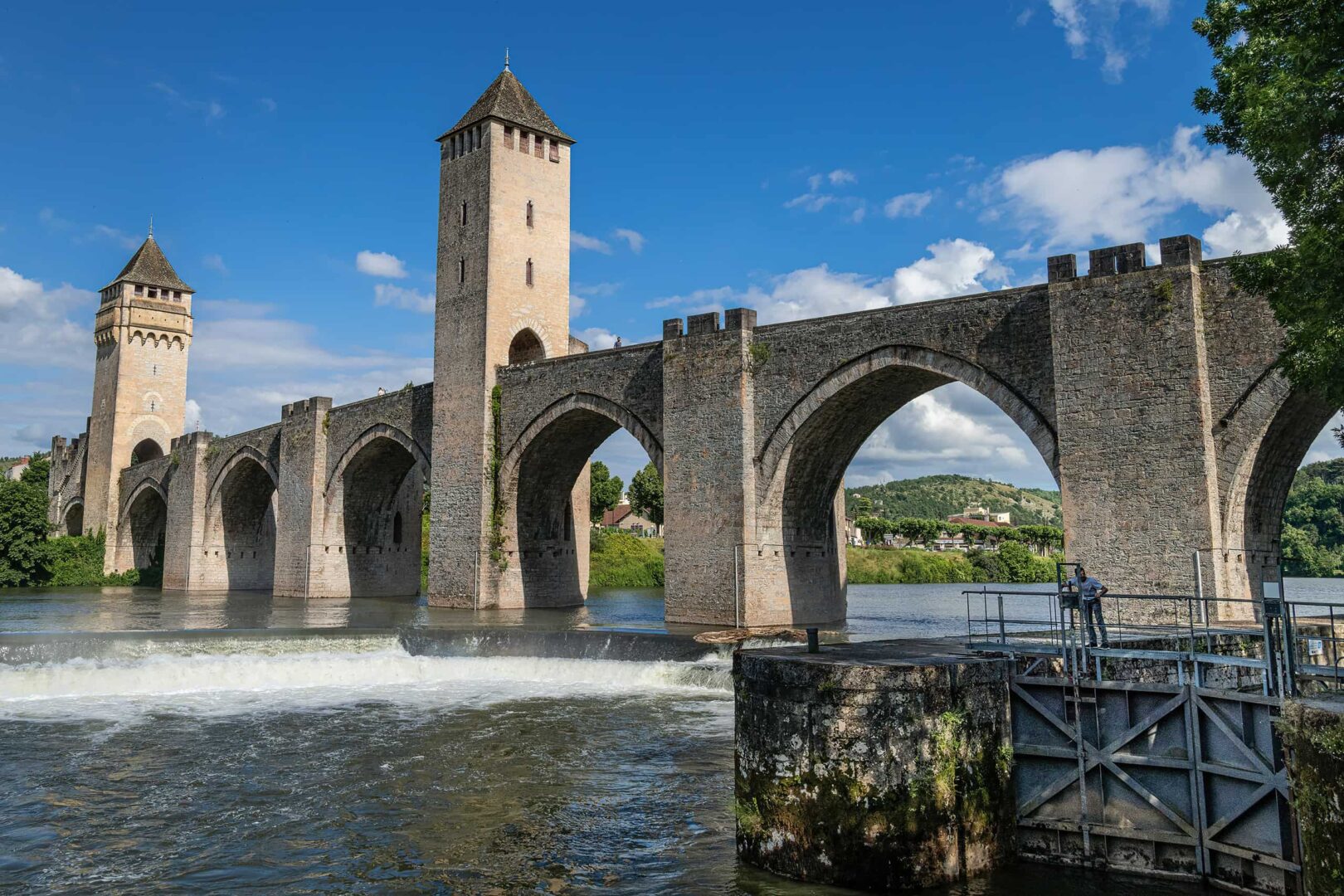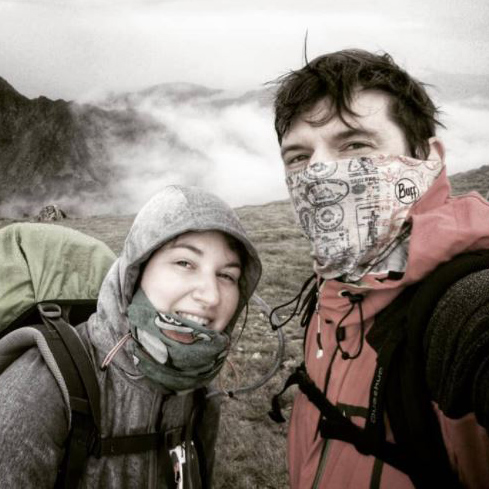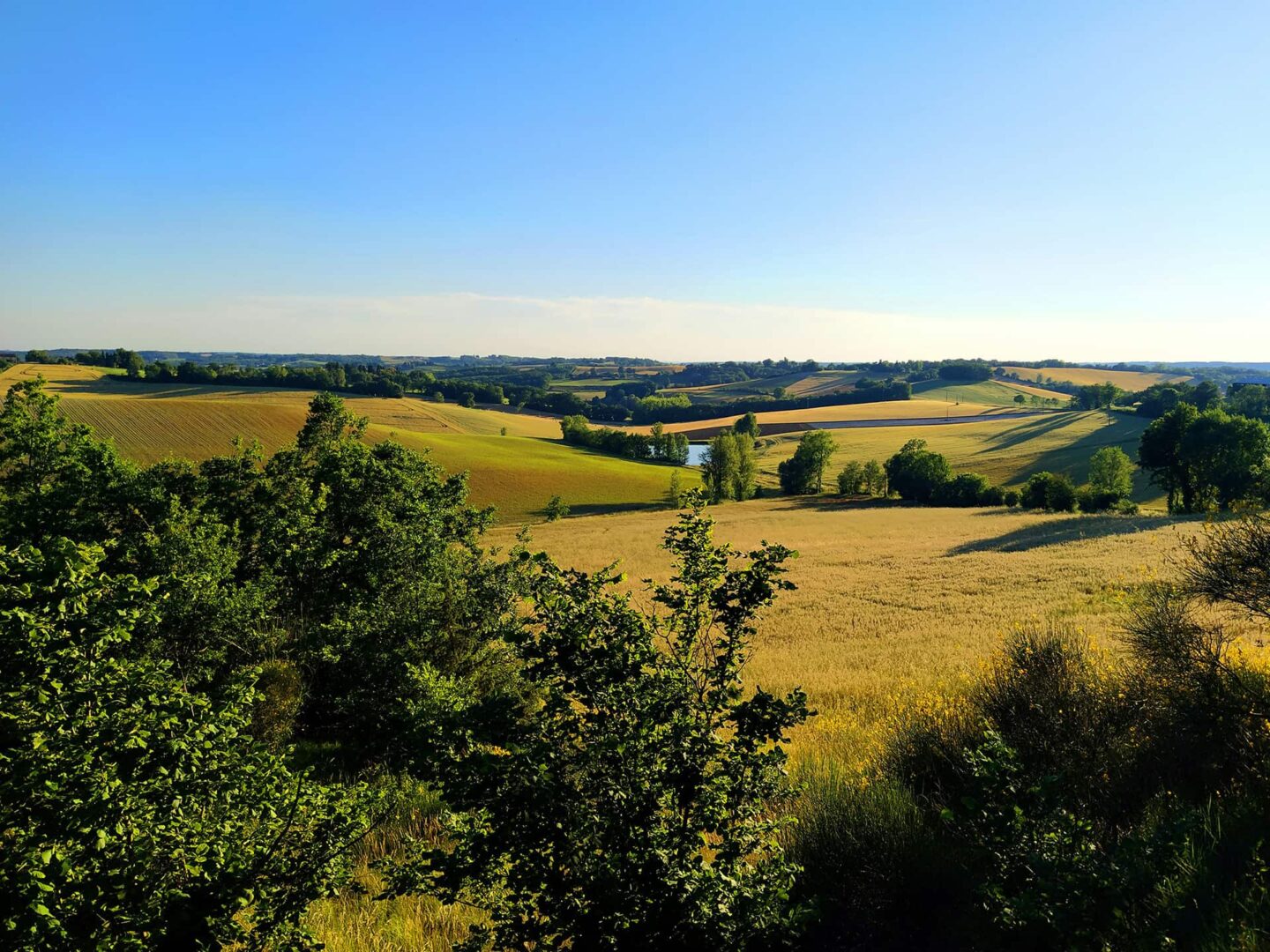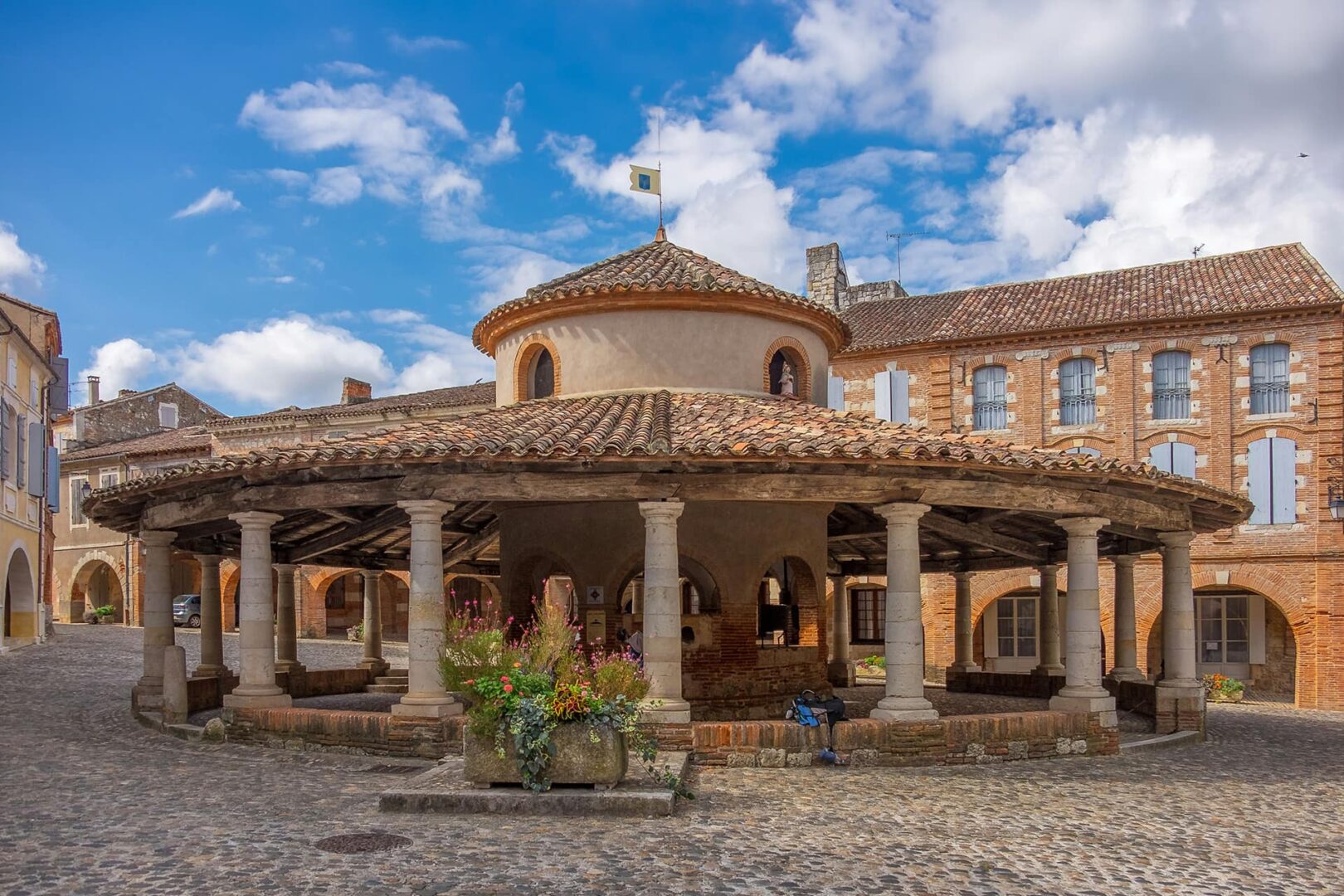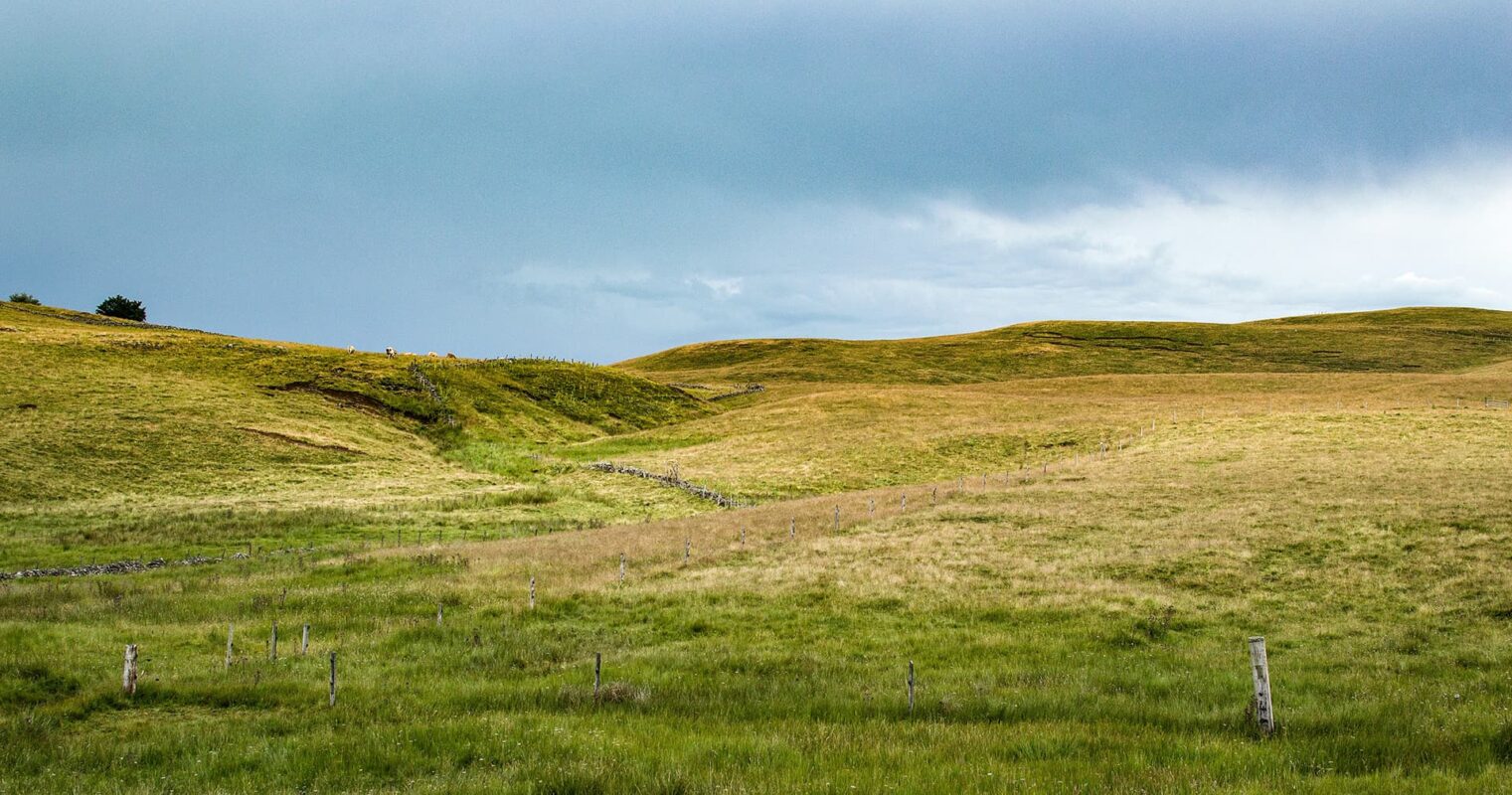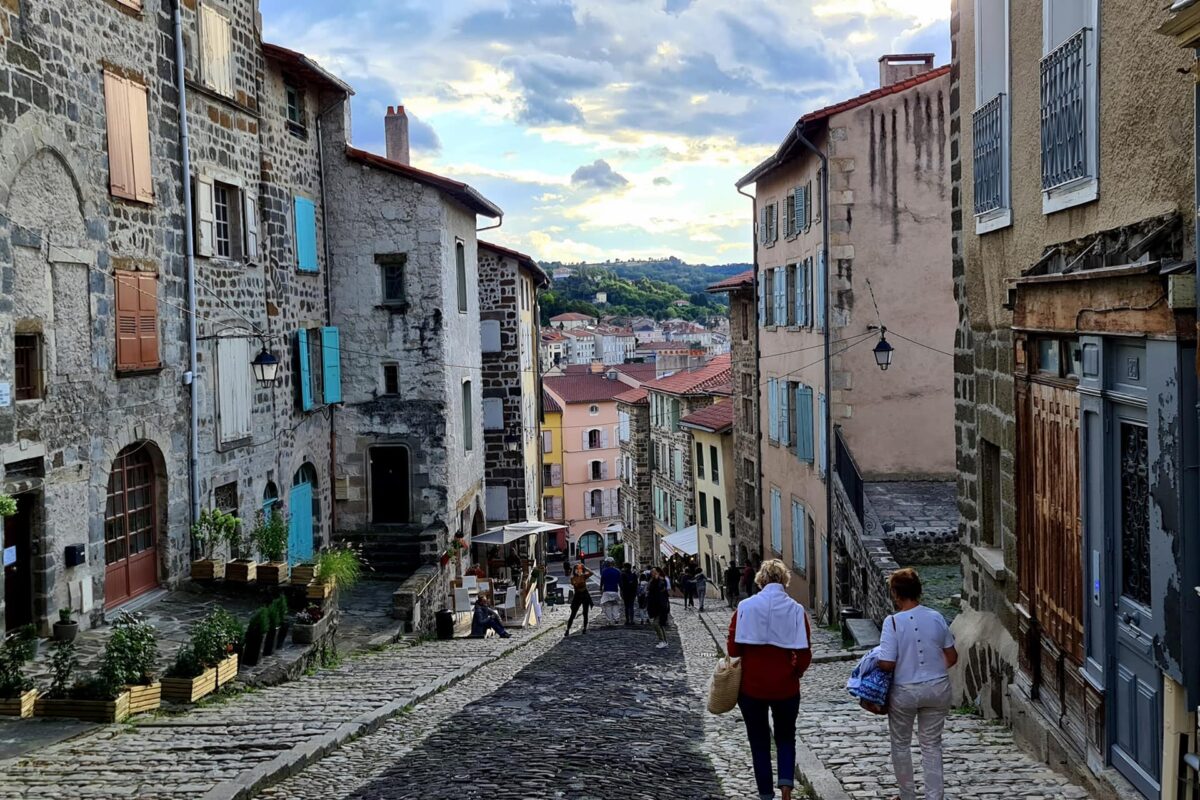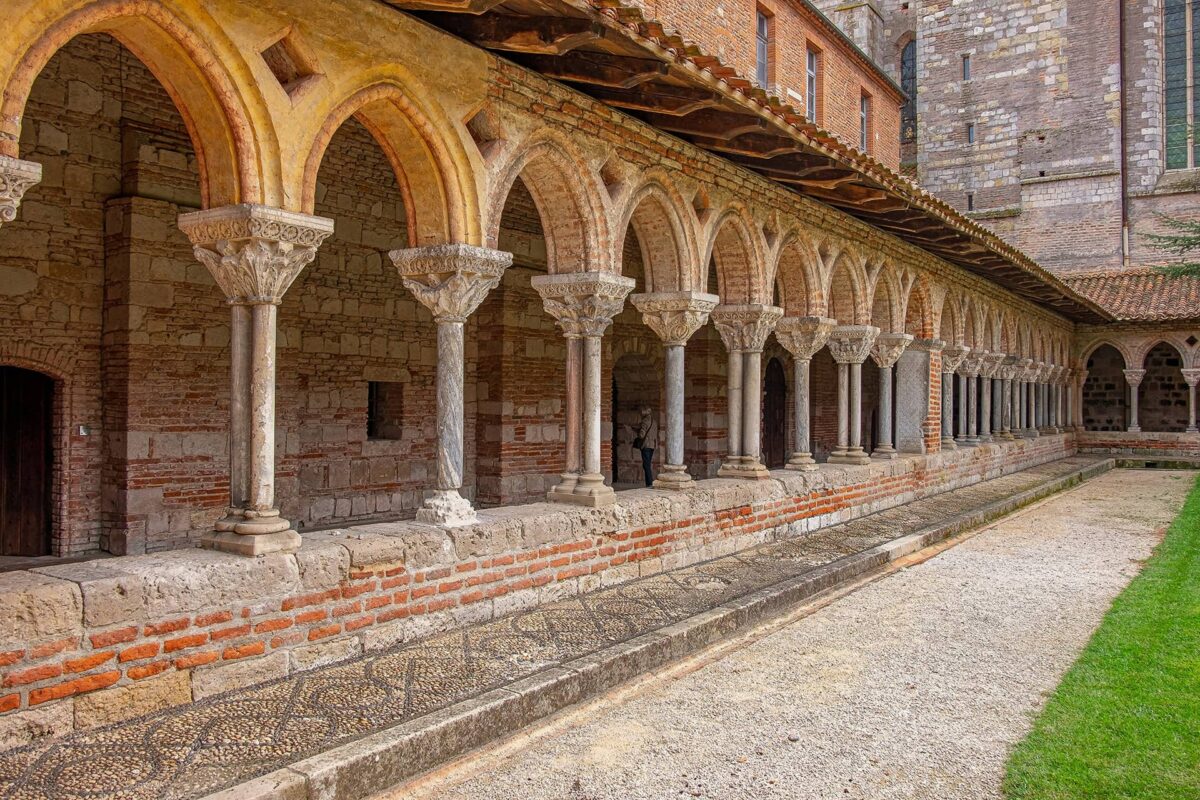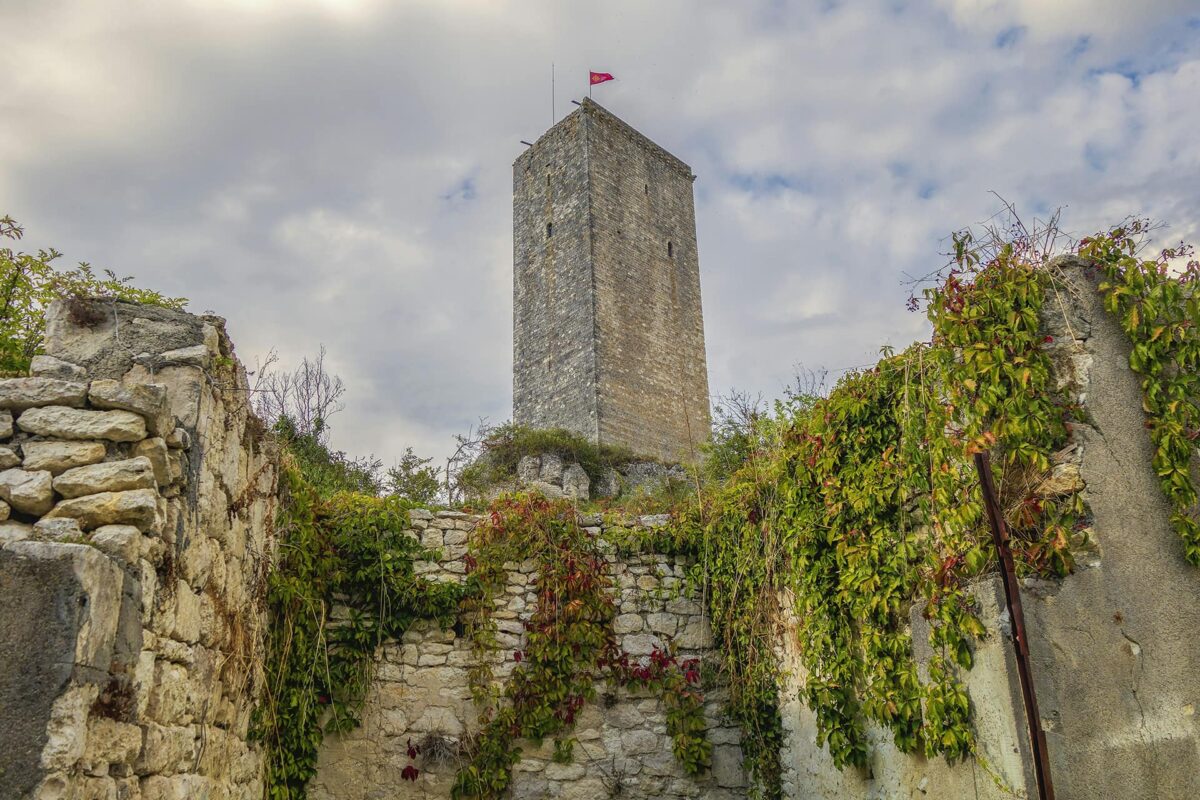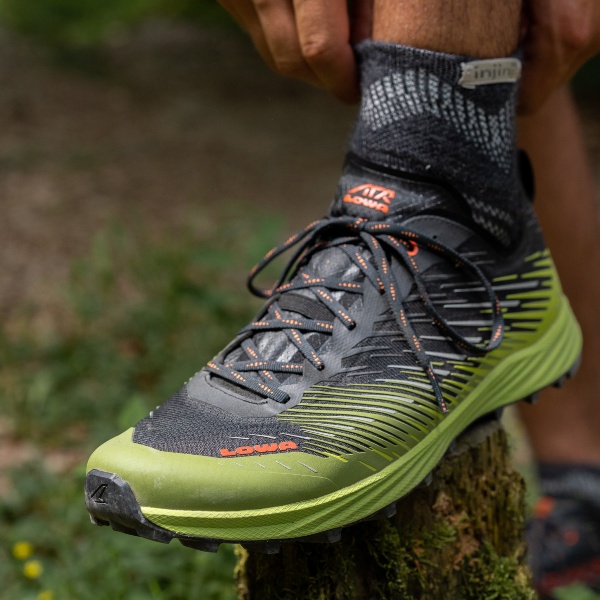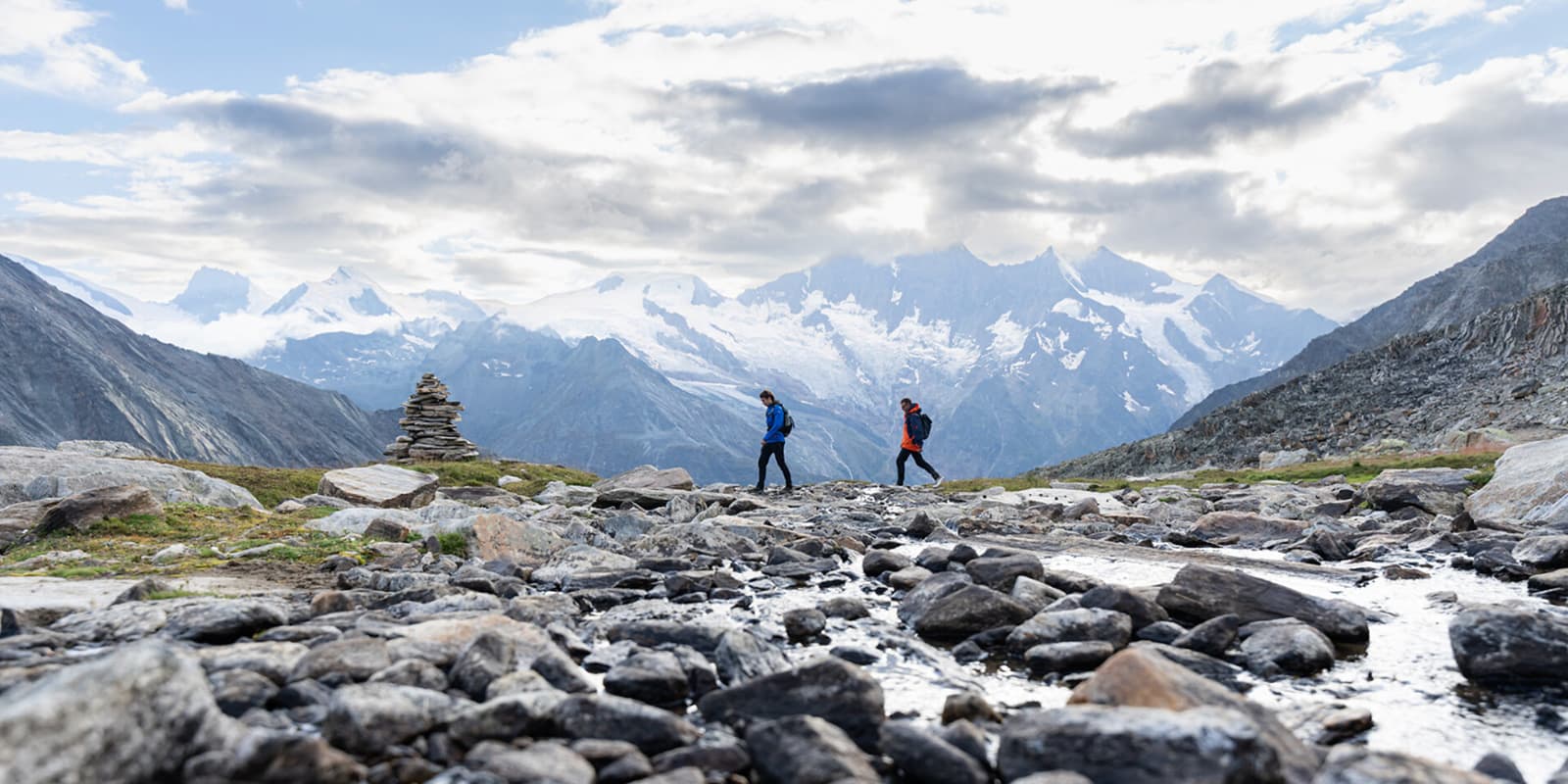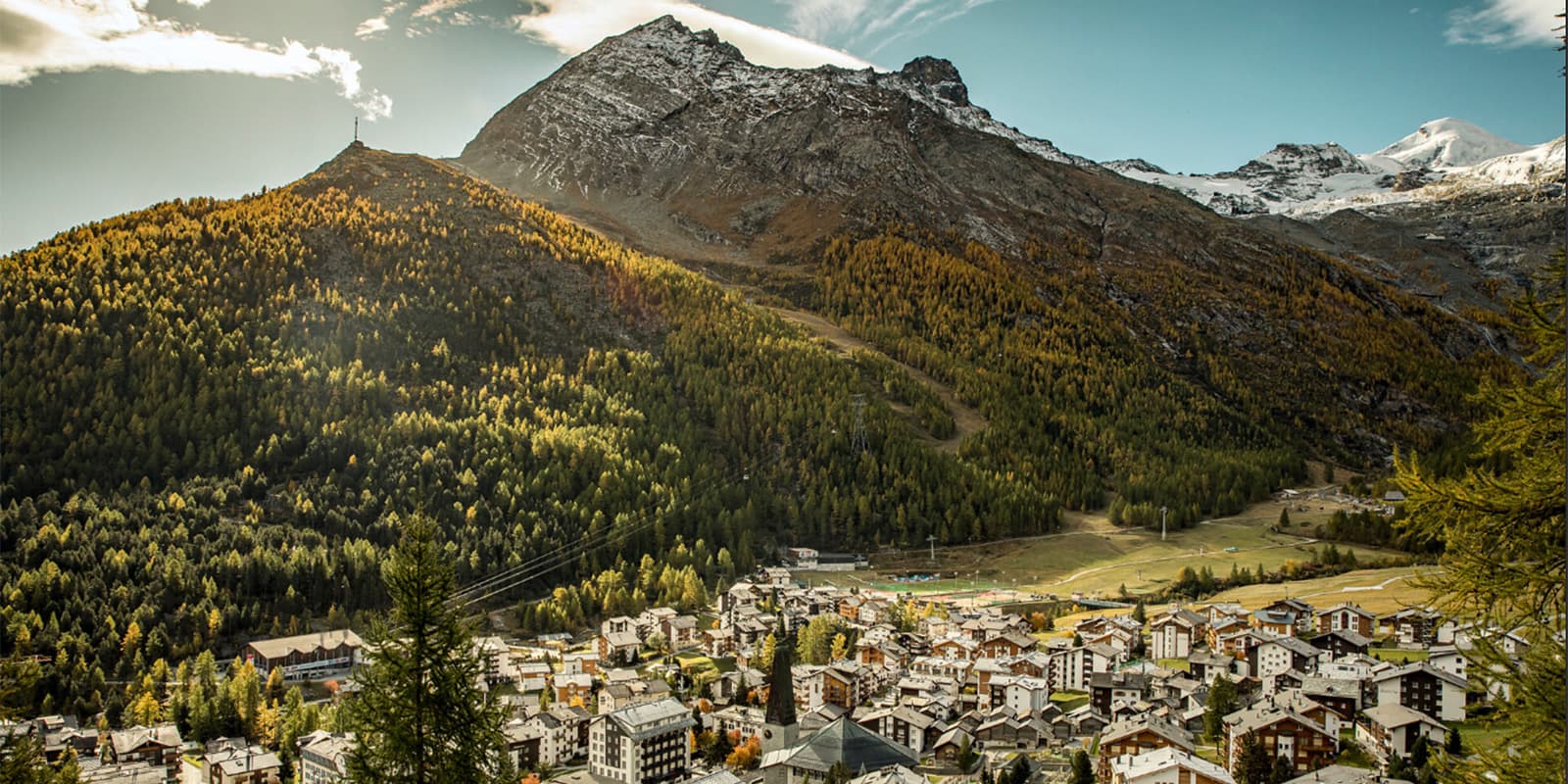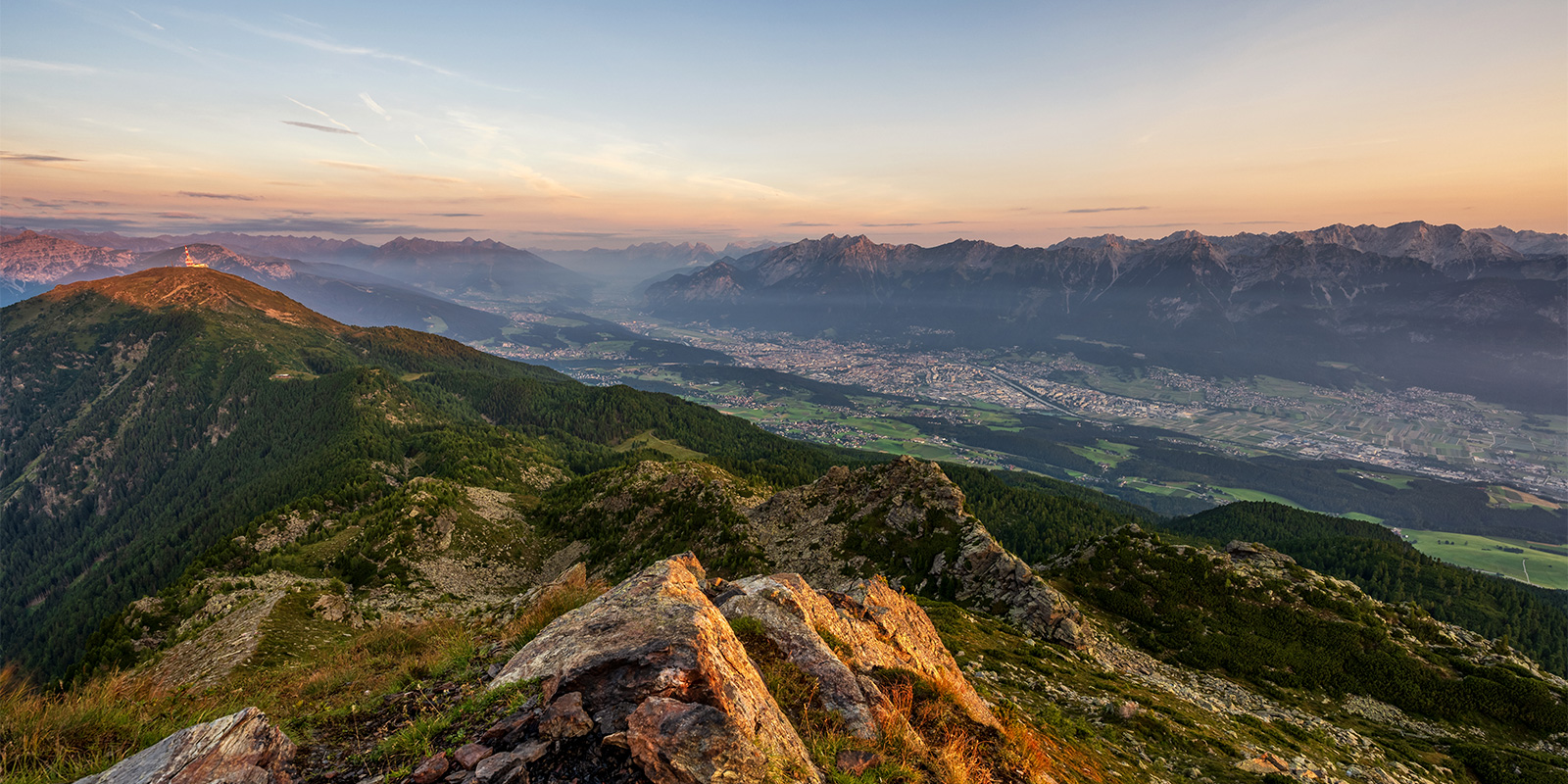From the start, the hiker will climb down the cathedral’s stairs, then gradually gain altitude to benefit from a breathtaking view of the city, its cathedral, and the volcanic peaks dominating the skyline.
Soon after, the hiker will walk in the countryside full of blue wild violets (depending on the moment of the year, of course), over hills and across valleys, finally reaching Saint-Alban-sur-Limagnol after a few days.
The next leg consists of crossing the wild plateau of Aubrac. A section known for its remoteness and everchanging weather, from a cold, mud and snowy spring day, to a sunny, foggy, or rainy summer day.
Descending then to the Lot Valley, hikers will walk through picturesque villages and towns, making their way through towns en route for “Most Beautiful Villages in France” distinctions.
Finally comes the last climb and downclimb to Conques. A treacherous downhill over a rocky and possibly slippery trail to finish your ~10-day section from Le-Puy.
About 250km are behind you now, and if you are still up for it, the Via Podiensis continues for about 500km until Saint-Jean-Pied-de-port. From there, hikers will have the possibility to:
- Stay on the Via Podiensis for a day over the Pyrenees up Roncesvalles to continue with the Camino Frances.
- Diverge from the Via Podiensis, for a few days on the GR10 up to Hendaye, to continue on the Camino del Norte.
It is important to notice that along the Via Podiensis, hikers will have the possibility, for some sections, to choose between the official trail or some historical detours (usually highlighted in guidebooks).
Specifically, the path between Figeac and Cahors can consist of 3 different routes. The official GR65, the Célé Valley detour, or the Rocamadour detour. The authors recommend visiting the local tourism offices to pick between the few possible routes.


